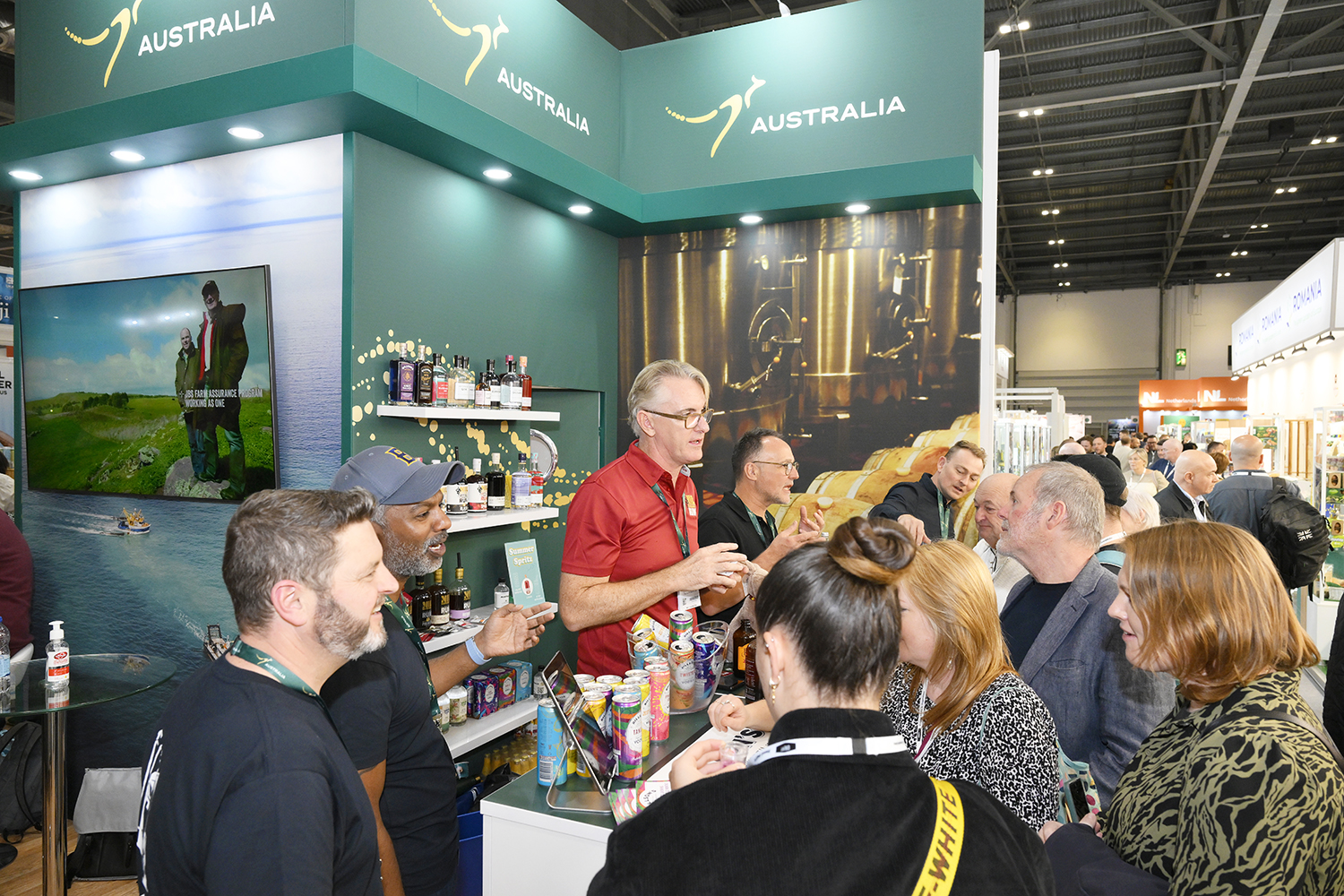Lafite China’s first wine declared ‘not bad’
By Patrick SchmittDBR Lafite managing director Christopher Salin described the first wine from the Bordeaux-based group’s Chinese vineyard as “not bad, not yet good”.
The DBR-CITIC Château project
He made the announcement while addressing attendees of May’s IMW symposium in Florence, where 450 wine professionals gathered to hear a range of speakers, from Google’s Daniel Alegre to grape geneticist José Vouillamoz.
“Last year was the first crop and the wine is not bad, not yet good, but not bad compared to everything drunk locally – which was bad,” he reported.
However, justifying his modest assessment of the new wine, he added, “My chairman says that Lafite is ‘drinkable’.”
Highlighting the long-term nature of building wine brands, especially from new regions, he also commented, “We will see in the next 100 years if we will succeed or not.”
Domaines Barons de Rothschild (DBR) began a project in Penglai in China’s Shandong Province in 2008, when it agreed a partnership with CITIC East China Group.
The property, called Penglai Estate DBR-CITIC came into being 15 years after DBR Lafite’s first attempt to make wine in China, according to Salin, who admitted that an initial project was “cancelled”.
Slowing Lafite’s attempt to create a Chinese operation was also the lack of accurate local climate information.
“Don’t believe the data from the local government – everything is not true,” he said.
Partner Content
“We have our own meteorological station, and according to our study, it should be a good place,” he added.
Before DBR Lafite invested £10m in a 25-hectare vineyard and winery there were only peanut trees growing in the area, according to Salin.
Olivier Richaud joined Domaines Barons de Rothschild’s technical team last year, taking in charge the development of the DBR-CITIC vineyard in Penglai. He succeeds Gérard Colin, who has been managing the property since 2008.
Soil studies suggested that both Cabernet Sauvignon and Syrah could be grown, while DBR Lafite has also planted Merlot, Cabernet Franc and Marselan, which is a crossing of Cabernet Sauvignon and Grenache.
All clonal material for the vineyards was brought from France because DBR Lafite wanted to ensure the vines were “clean”, said Salin.
Aside from DBR Lafite’s vineyards and properties in Bordeaux, the company also has land in Chile, having set up Los Vascos in 1998, in Argentina with Bodegas Caro, established in 1999, and in the Languedoc, having bought Château d’Aussières in Corbières in 1999.
Salin said that Lafite was the first outside investor in Chilean viticulture after Miguel Torres.
“We thought it would be good to challenge our technical team to farm in the southern hemisphere,” said Salin explaining why the company picked Chile for its first foreign viticultural investment.




